Album: Discovering a Duck-Billed Dino Baby
Dinosaur Fossil Hotspot
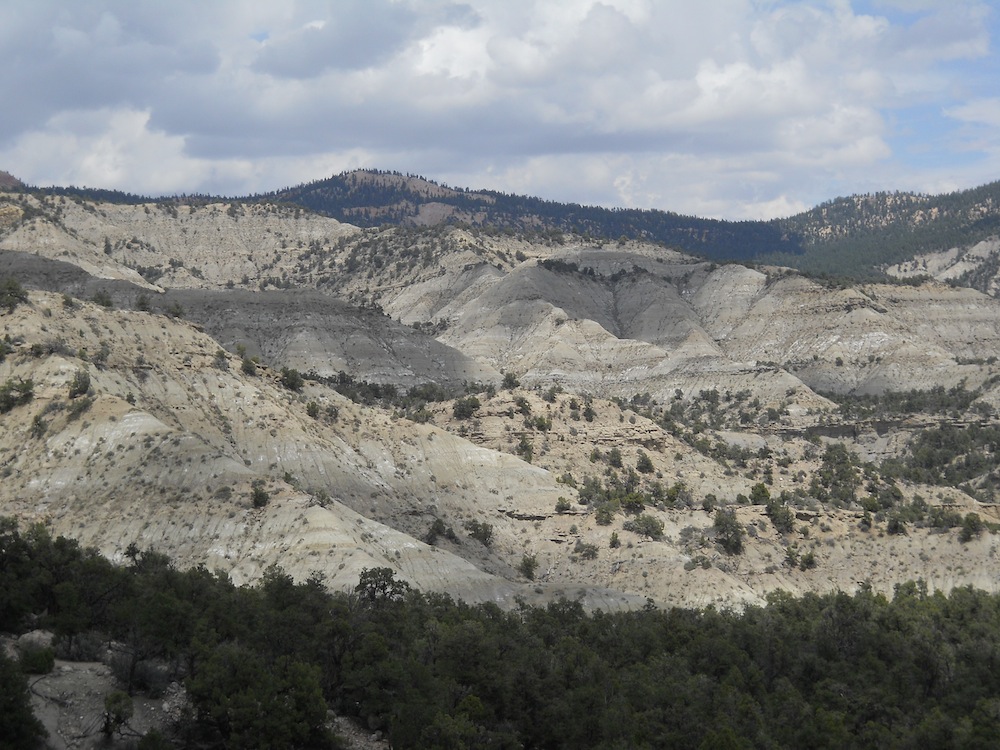
Exposures of the Kaiparowits Formation within Grand Staircase-Escalante National Monument, southern Utah, where the skeleton of "Joe" the baby Parasaurolophus was discovered.
Joe Toe Bones

Toe bones and skin impressions from "Joe" the baby Parasaurolophus as they were found at the discovery site within Grand Staircase-Escalante National Monument, southern Utah.
Joe's Skull
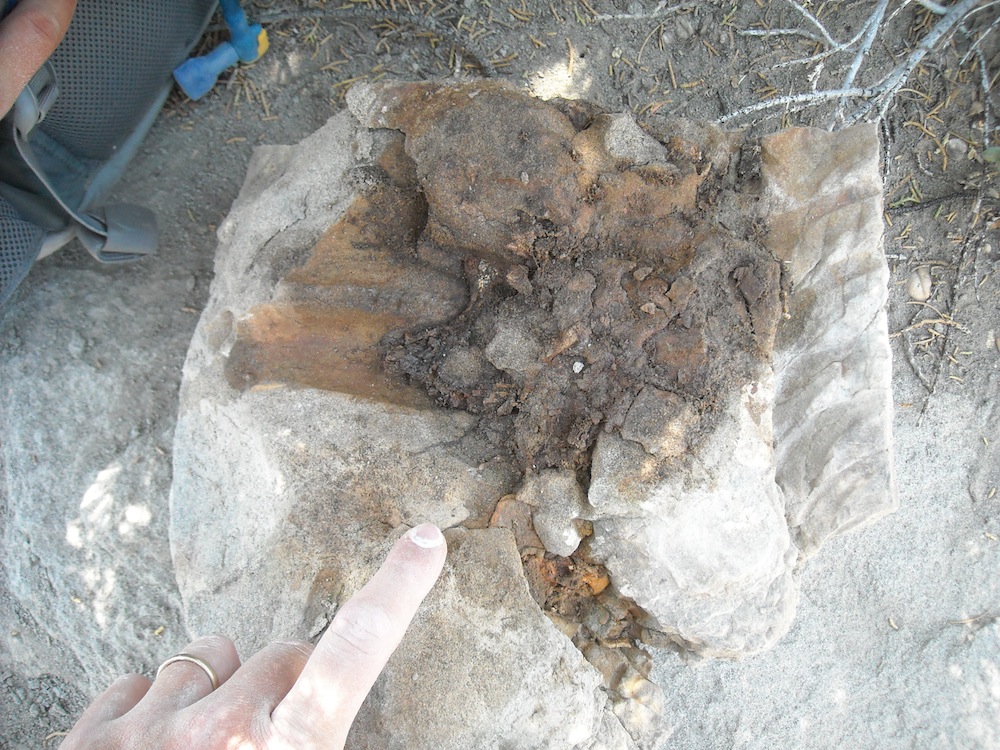
The right side of the skull and neck from "Joe" the baby Parasaurolophus as they were found at the discovery site within Grand Staircase-Escalante National Monument, southern Utah.
Dino Discoverer
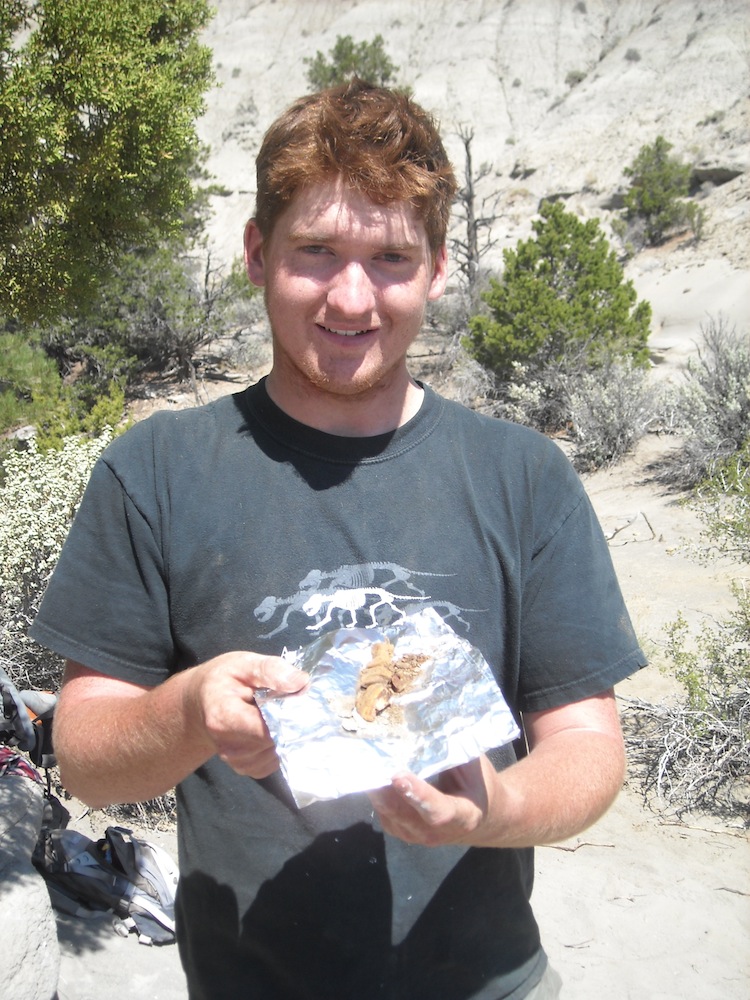
Webb Schools student Kevin Terris with bones of "Joe" the baby Parasaurolophus. Terris first spotted the dinosaurs toe bones.
Skeleton Discovery Site
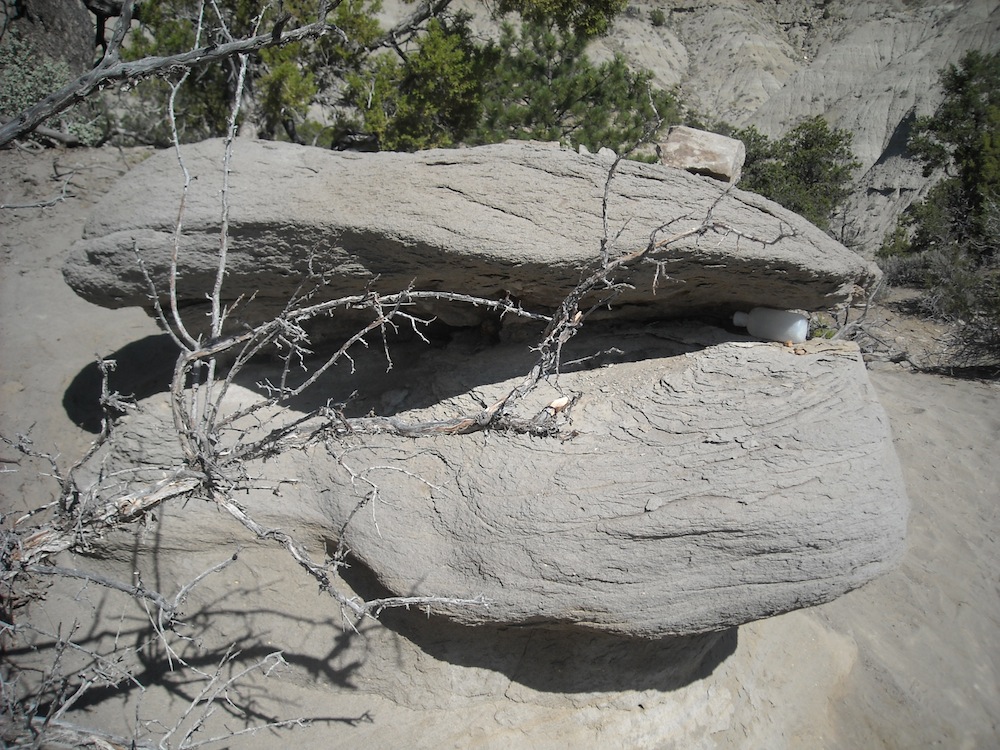
The discovery site of "Joe" the baby Parasaurolophus within Grand Staircase-Escalante National Monument, southern Utah.
Dino Excavation
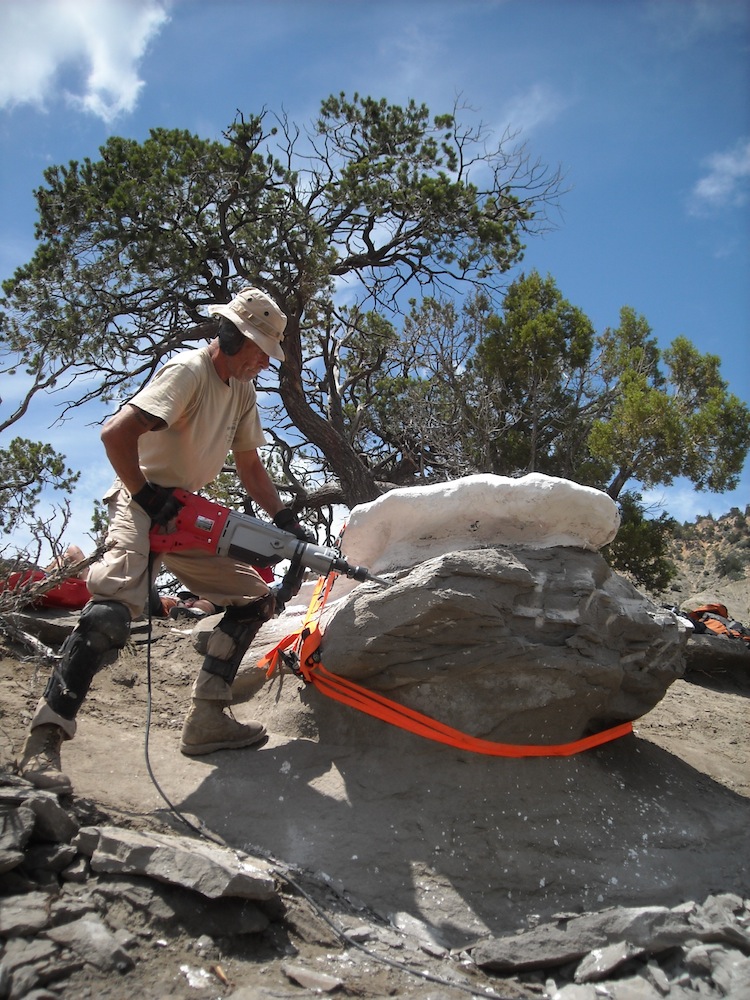
The excavation of the bones of "Joe."
Dino Airlift
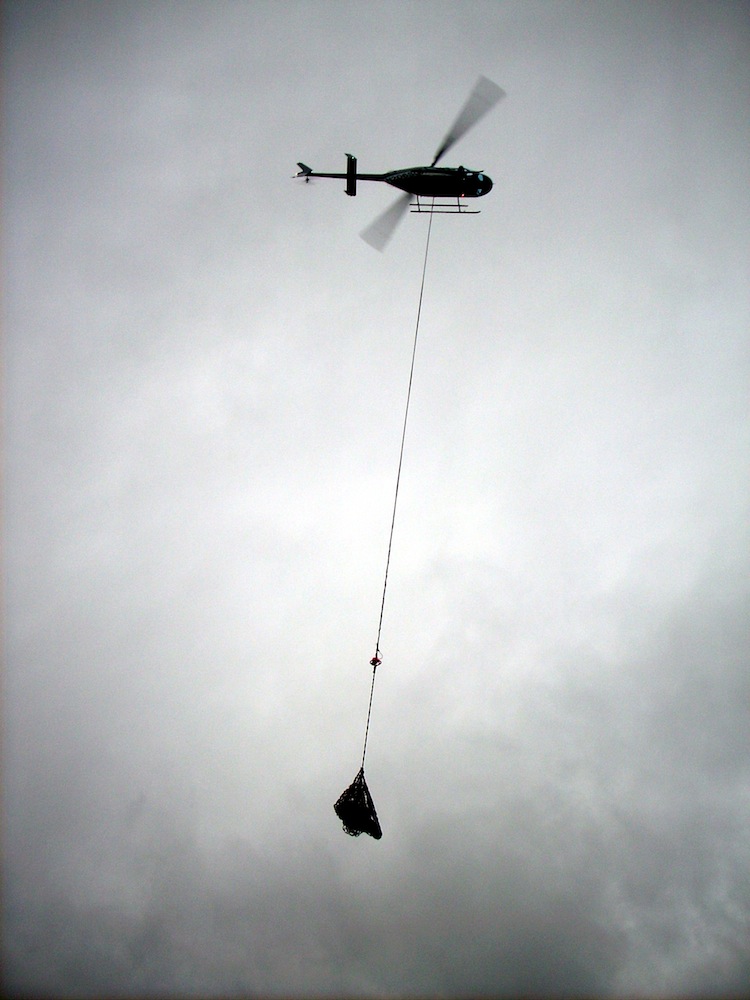
Paleontologists had to airlift the 800-pound block containing the dinosaur bones out of southern Utah. The rugged region has few roads.
Get the world’s most fascinating discoveries delivered straight to your inbox.
Preparing the Fossil
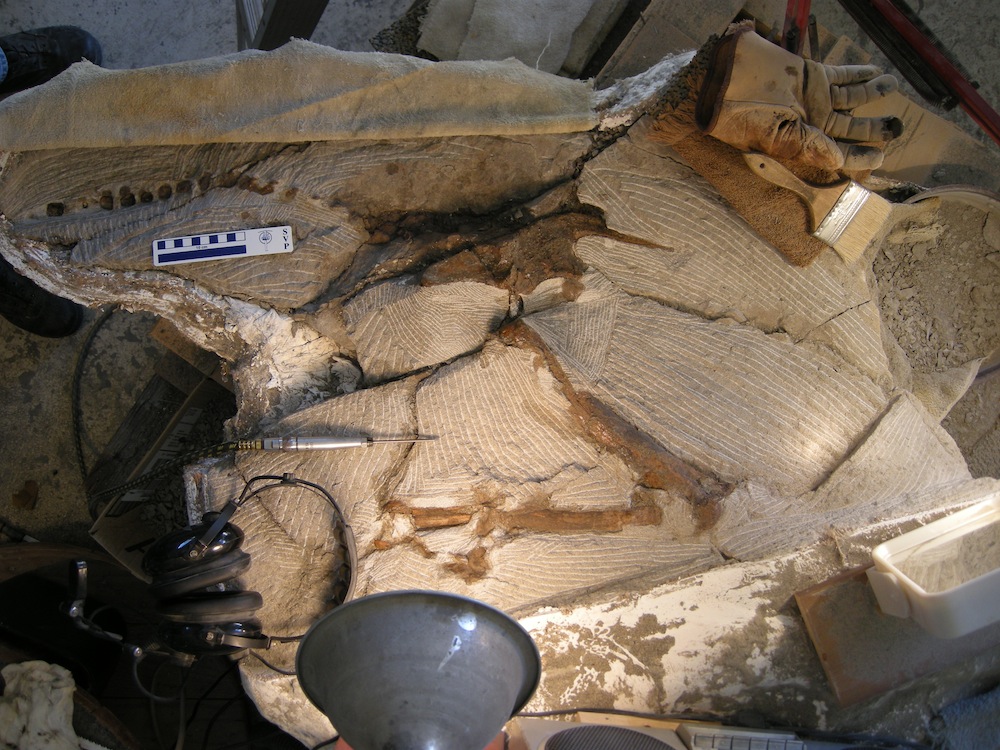
It took 1,300 hours to prepare the fossil of baby "Joe."
Skull Preparation
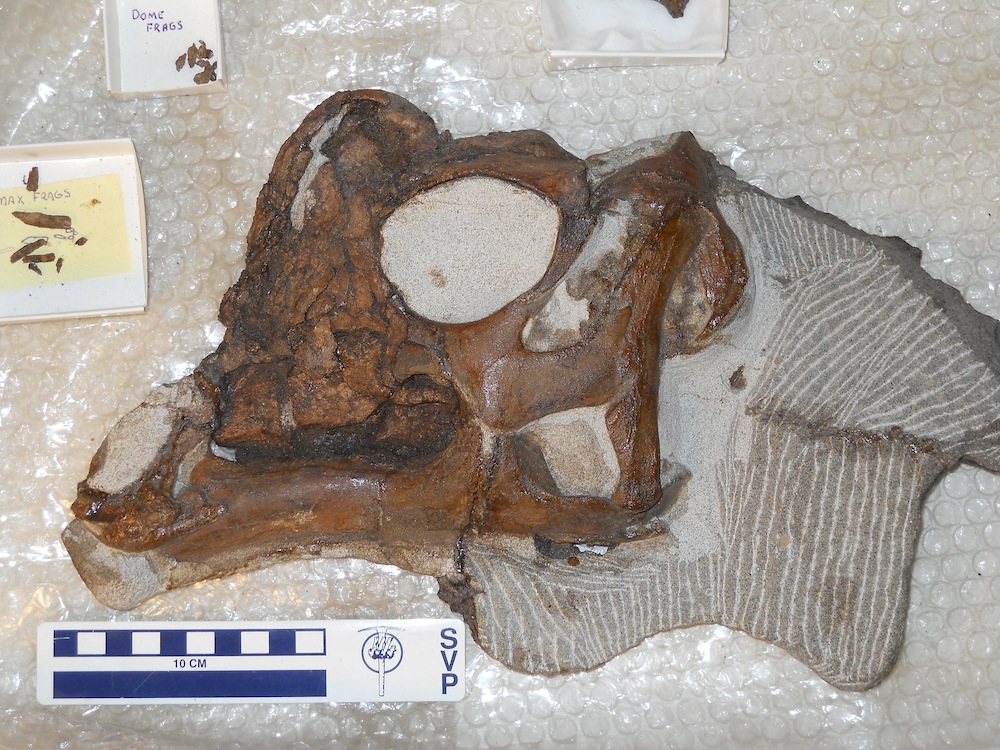
The dinosaur skull begins to emerge during the preparation process.
Baby Dinosaur Skeleton

The skeleton of "Joe" is the smallest, most complete and youngest Parasaurolophus ever found.
Complete Skull

The skull of baby "Joe" sports a small bump that would have grown into an impressive tube-liked crest.

Stephanie Pappas is a contributing writer for Live Science, covering topics ranging from geoscience to archaeology to the human brain and behavior. She was previously a senior writer for Live Science but is now a freelancer based in Denver, Colorado, and regularly contributes to Scientific American and The Monitor, the monthly magazine of the American Psychological Association. Stephanie received a bachelor's degree in psychology from the University of South Carolina and a graduate certificate in science communication from the University of California, Santa Cruz.


